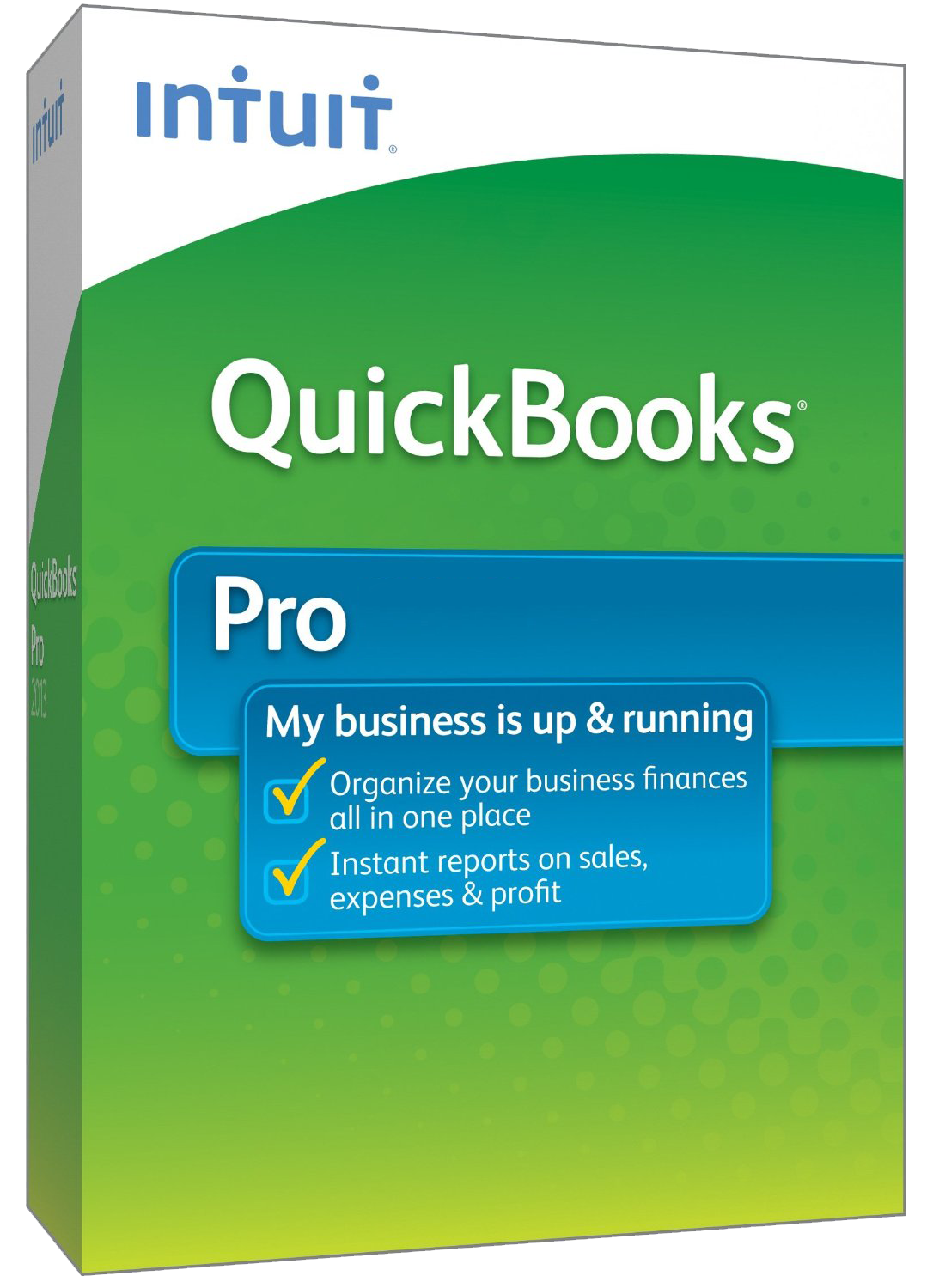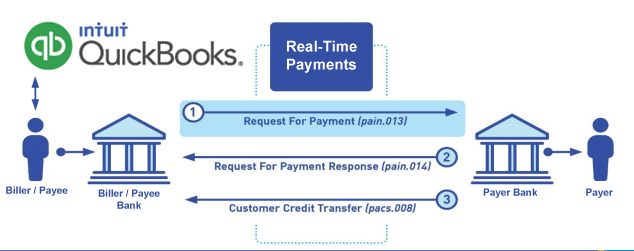QuickBooks® FedNow Outstanding
The Best Solution for FedNow Payment Processing in QuickBooks®
Today Payments is an Authorized Developer of Intuit offering a highly robust app that supports both QuickBooks’ desktop and online customers, provide merchants with the tools they need so they can focus more time on their customers and businesses, and less time on data entry. "Our Integrated payment solutions can save a typical small business owner more than 180 hours each year"
"Our Integrated payment solutions can save a typical small business owner more than 180 hours each year"See
the features
QuickBooks® ACH, Cards, FedNow and Real-Time Payments
- Payment processing for all QuickBooks desktop, Pro, Premier, Enterprise and also QBO QuickBooks Online Our software is designed for simplicity and ease-of-use.


- ~ Automate Account Receivable Collection
- ~ Automate Account Payable Payments
- ~ One-time and Recurring Debits / Credits
Secure QB Plugin payment processing through QuickBooks ® specializes in the origination of moving money electronically.
Ask about our special:
Request for Payments
If you want to calculate FedNow Send Transactions Outstanding in an Excel template and then upload and sync the data into QuickBooks Online (QBO) or QuickBooks Desktop, you can follow these steps:
1. Create an Excel Template:
1. Headers:
· Create column headers in Excel for Transaction ID, Sender's Name, Amount, Send Date, Expected Settlement Date, Transaction Status, Days Outstanding, and any other relevant information.
2. Data Entry:
· Enter the details of each FedNow transaction into the respective columns.
2. Calculate Outstanding Transactions:
3. Calculate Days Outstanding:
· Use a formula to calculate the number of days each transaction has been outstanding. For example:
excelCopy code
=IF([Transaction Status Cell] = "Outstanding", TODAY() - [Send Date Cell], 0)
3. Categorize Outstanding Transactions:
4. Age Categories:
· Create age categories based on the days outstanding, such as "Current," "1-30 Days," "31-60 Days," etc. Use IF statements or VLOOKUP to categorize transactions.
4. Analysis and Reporting:
5. Total Outstanding Amount:
· Create a formula to calculate the total outstanding amount. Use the SUMIFS function to sum amounts based on age categories.
6. Charts and Graphs:
· Use charts or graphs to visualize the distribution of outstanding transactions based on age categories.
5. Integration with QuickBooks:
7. Export to CSV:
· Save your Excel template as a CSV file.
8. QuickBooks Import:
· In QuickBooks Online, go to the "Banking" menu or the specific area where you manage transactions.
· Select "Upload a file" or similar, and follow the instructions to upload the CSV file.
9. Map Fields:
· Map the fields in your CSV file to the corresponding fields in QuickBooks during the import process.
10. Review and Confirm:
· Review the imported data in QuickBooks and confirm the transactions.
6. Automation and Regular Updates:
11. Automated Alerts (Optional):
· If using Excel for real-time monitoring, set up automated alerts or notifications when transactions are overdue or meet certain criteria.
12. Regular Updates:
· Regularly update the Excel template with new FedNow transactions and mark settled or voided transactions accordingly.
7. Documentation and Audit:
13. Documentation:
· Keep a record of transactions, updates, and any adjustments made for audit and reference purposes.
8. Integration (if applicable):
14. Integration with FedNow System:
· Explore integration options with the FedNow system or any associated APIs for real-time data updates.
Ensure that your CSV file is properly formatted, and the data aligns with the fields in QuickBooks during the import process. Regularly reconcile your Excel template with the actual FedNow transaction data and QuickBooks records to ensure accuracy. Always refer to the latest documentation for QuickBooks and the FedNow system for any specific features or updates related to data integration.

Call us, the .csv and or .xml Request for Payment (RfP) file you need while on your 1st phone call! We guarantee our reports work to your Bank and Credit Union. We were years ahead of competitors recognizing the benefits of RequestForPayment.com. We are not a Bank. Our function as a role as an "Accounting System" in Open Banking with Real-Time Payments to work with Billers to create the Request for Payment to upload the Biller's Bank online platform. U.S. Companies need help to learn the RfP message delivering their bank. Today Payments' ISO 20022 Payment Initiation (PAIN .013) show how to implement Create Real-Time Payments Request for Payment File up front delivering message from the Creditor (Payee) to it's bank. Most banks (FIs) will deliver the message Import and Batch files for their company depositors for both FedNow and Real-Time Payments (RtP). Once uploaded correctly, the Creditor's (Payee's) bank continuing through a "Payment Hub", will be the RtP Hub will be The Clearing House, with messaging to the Debtor's (Payer's) bank.
Our in-house QuickBooks payments experts are standing ready to help you make an informed decision to move your company's payment processing forward.
Pricing with our Request For Payment Professionals

1) Free ISO 20022 Request for Payment File Formats, for FedNow and Real-Time Payments (The Clearing House) .pdf for you manually create "Mandatory" (Mandatory data for completed file) fields, start at page 4, with "yellow" highlighting. $0.0 + No Support
2) We create .csv or .xml formatting using your Bank or Credit Union. Create Multiple Templates. Payer/Customer Routing Transit and Deposit Account Number may be required to import with your bank. You can upload or "key data" into our software for File Creation of "Mandatory" general file.
Fees = $57 monthly, including Support Fees and Batch Fee, Monthly Fee, User Fee, Additional Payment Method on "Hosted Payment Page" (Request for file with an HTML link per transaction to "Hosted Payment Page" with ancillary payment methods of FedNow, RTP, ACH, Cards and many more!) + $.03 per Transaction + 1% percentage on gross dollar file,
3) Payer Routing Transit and Deposit Account Number is NOT required to import with your bank. We add your URI for each separate Payer transaction.
Fees Above 2) plus $29 monthly additional QuickBooks Online "QBO" formatting, and "Hosted Payment Page" and WYSIWYG
4) Above 3) plus Create "Total" (over 600 Mandatory, Conditional & Optional fields of all ISO 20022 Pain .013) Price on quote.
